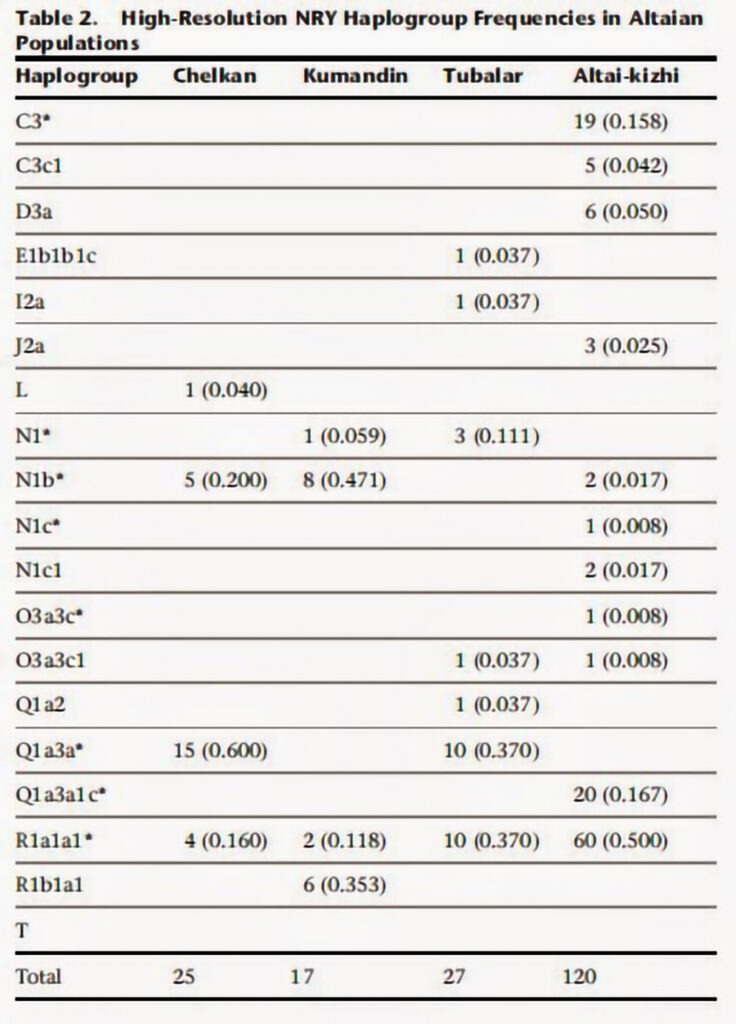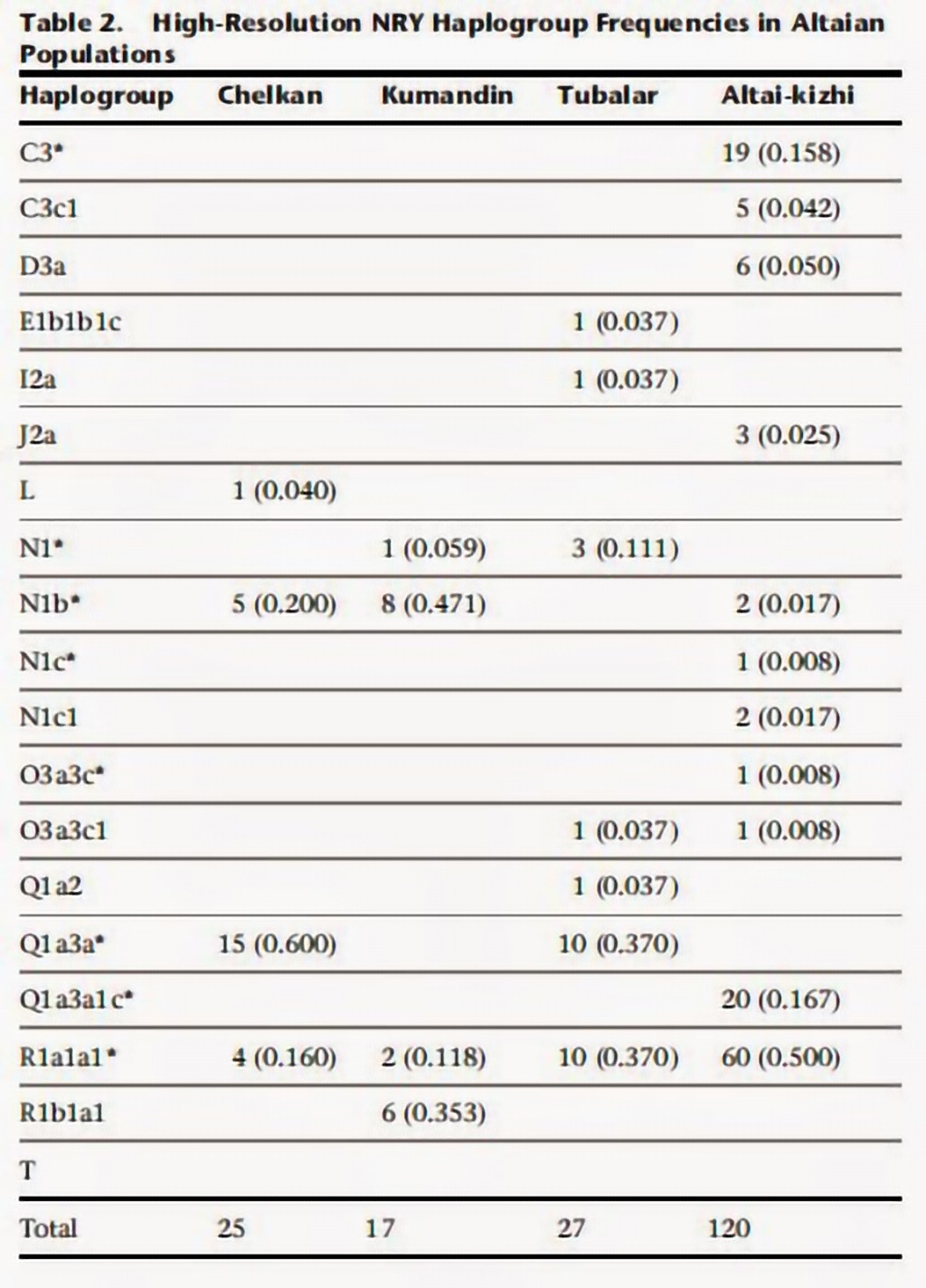
Mitochondrial DNA Y Chromosome: Native Americans Indigenous Altaians
Evidence for a Common Ancestry between Native Americans and Southern Altaians
Discover groundbreaking genetic evidence connecting Native Americans and southern Altaians. Learn about mitochondrial DNA, Y chromosome variations, and their shared ancestry.

Links Between Native Americans And Southern Altaians
Recent genetic research has provided compelling evidence for a shared ancestry between Native Americans and the Indigenous Altaians of southern Siberia. Mitochondrial DNA (mtDNA) and Y chromosome variations reveal fascinating connections that shed light on the migration patterns of ancient populations.
The Altai region, known for its rich history and role as a crucial entry point into Siberia, has been home to human populations since the Paleolithic era. Today, the area hosts numerous Turkic-speaking ethnic groups, classified into northern and southern clusters based on linguistic, cultural, and anthropological traits.
Key Findings from the Study
A study conducted by Matthew C. Dulik et al. analyzed mtDNA and Y chromosome variations in northern and southern Altaian populations, unveiling key insights:
- Northern Altaians share genetic similarities with Yeniseian, Ugric, and Samoyedic speakers in northern Siberia.
- Southern Altaians exhibit greater affinities with other Turkic-speaking populations in southern Siberia and Central Asia.
Y Chromosome Haplogroup Q and Shared Lineage
High-resolution analysis of the Y chromosome haplogroup Q provided a clearer phylogenetic structure. This analysis underscores a significant connection between populations of the New World (Native Americans) and the Old World (southern Altaians), highlighting a recent common ancestor.
These findings bridge the genetic histories of Indigenous Altaians and Native Americans, enriching our understanding of human migration and the peopling of Siberia and the Americas.
Conclusion
The genetic links between Native Americans and southern Altaians not only enhance our knowledge of ancient migrations but also emphasize the shared human story encoded in our DNA. This research illuminates the paths taken by our ancestors and the cultural and biological connections that continue to unite populations across continents.
References and Further Reading
- Links Between Native Americans And Southern Altaians | AJHG doi:10.1016/j.ajhg.2011.12.014 | Dienekes.Blogspot.Com | Mitochondrial DNA and Y Chromosome Variation Provides Evidence for a Recent Common Ancestry between Native Americans and Indigenous Altaians.





The Altai region of southern Siberia has played a critical role in the peopling of northern Asia as an entry point into Siberia and a possible homeland for ancestral Native Americans.